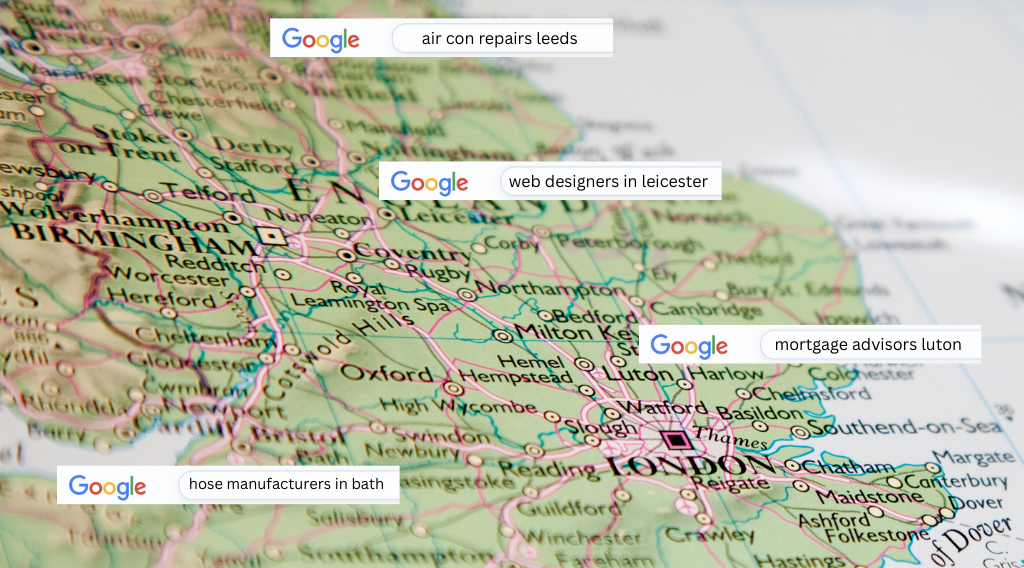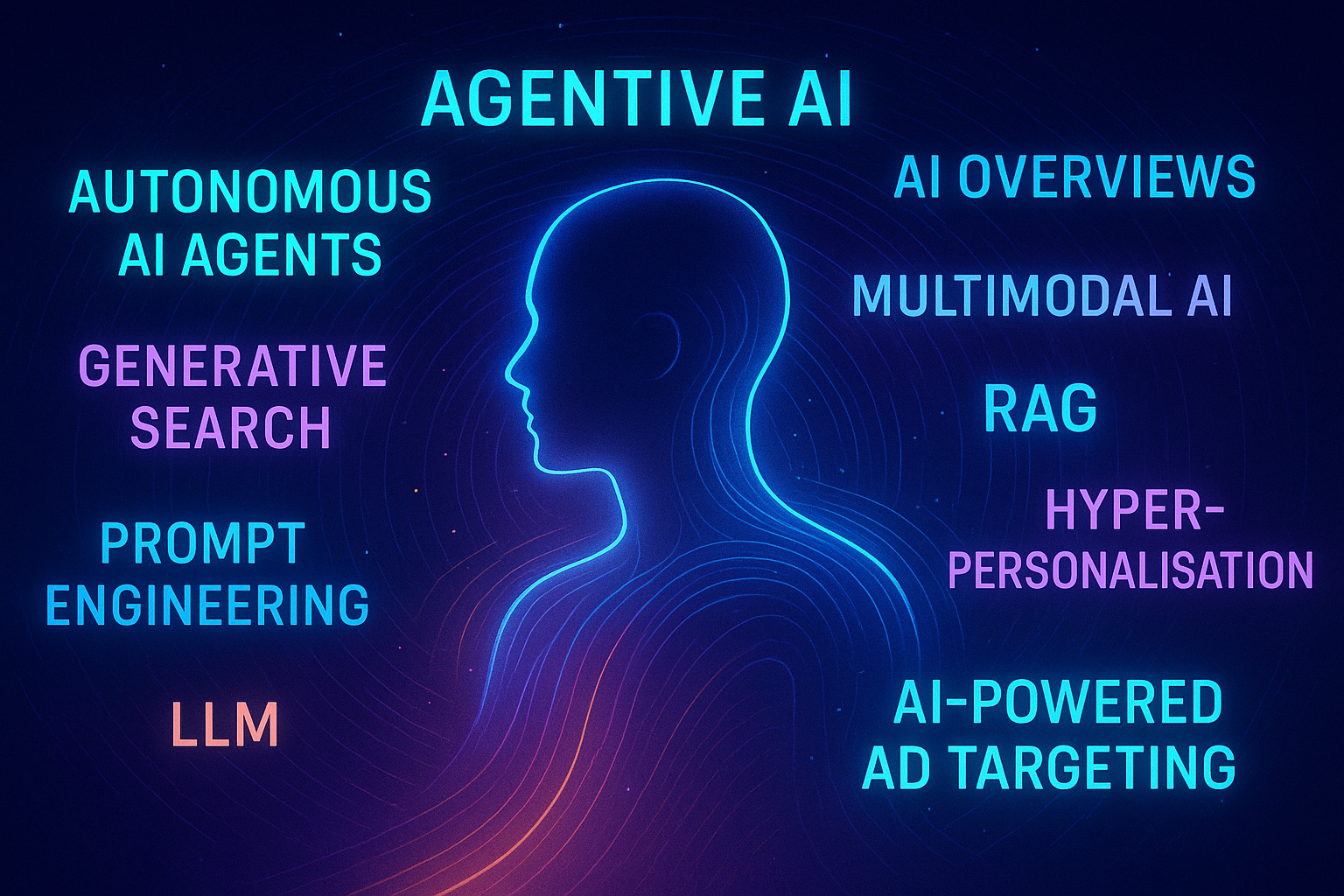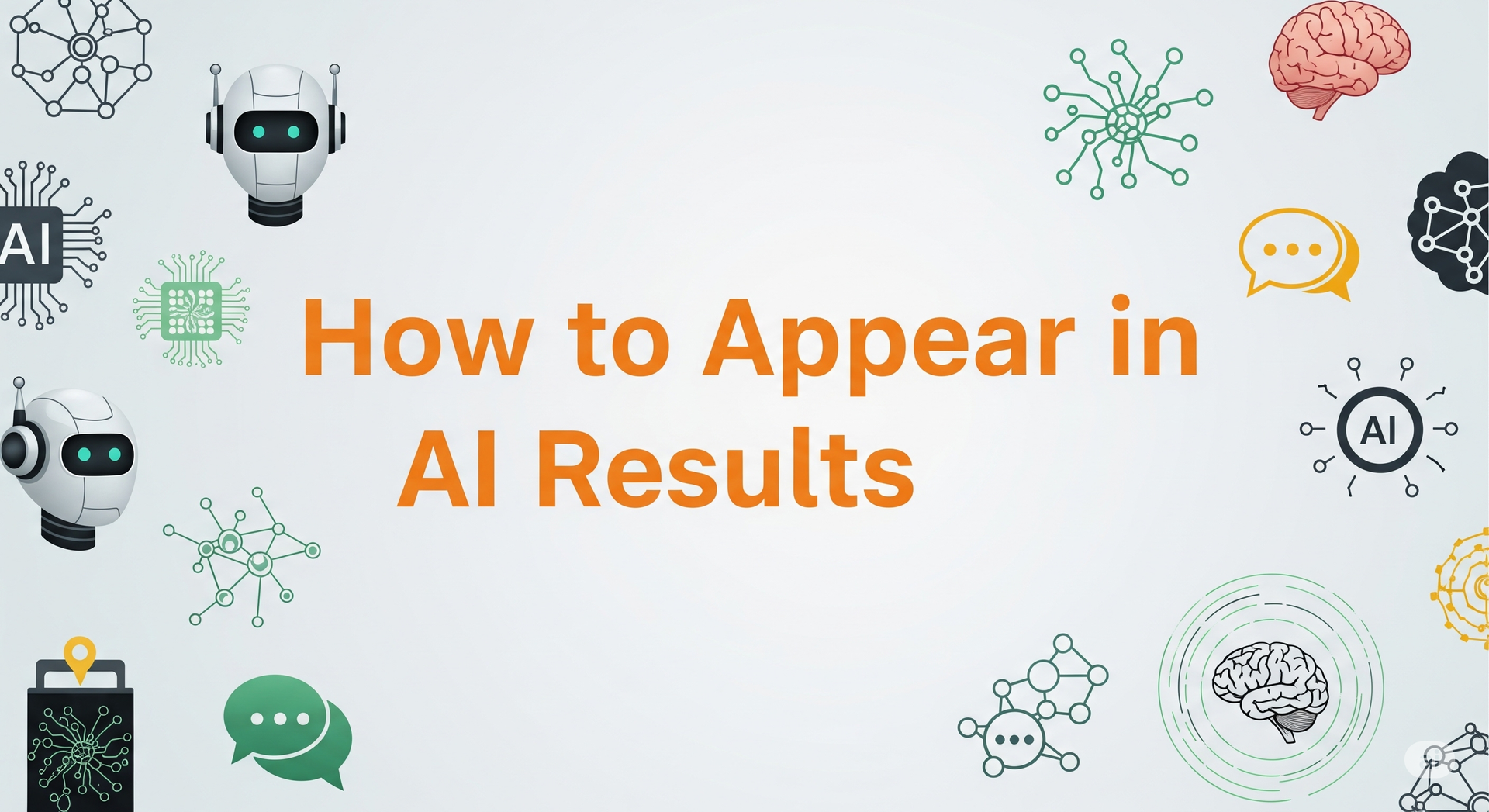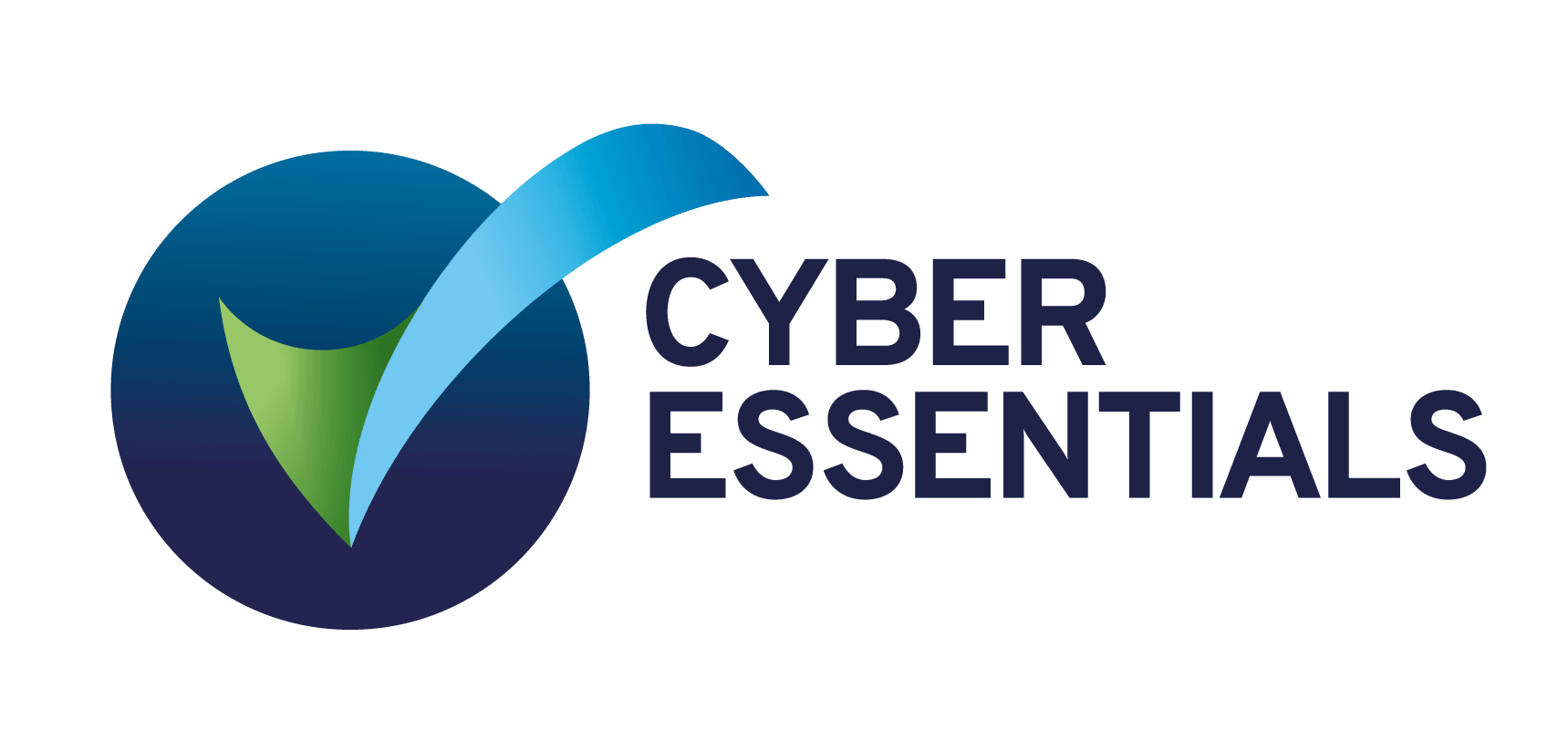Easy Ways to Quickly Improve Conversion on Your Website
Easy ways to quickly improve conversion on your website
Having a website is essential in today's digital age, but merely having a website isn't enough. To maximise the potential of your website, it must drive conversions and make money. This article will provide step-by-step instructions on how to build a website that is optimised for conversions. You will learn how to create content that appeals to your target audience and design an effective user experience that encourages users to take action.
Why build a website that converts?
Building a website that converts should be the goal of any business or individual. A website that converts means visitors to the site are taking action and engaging with your content, products, and services – which is key for success. A website that doesn’t convert can lead to a lot of wasted time, money, and effort.
When visitors come to your site they’re looking for something specific. Whether it’s information about your product or service, or an opportunity to purchase something – having a website that makes it easy for them to find what they need is essential. That's where conversion comes in; creating a structure and process throughout your site so visitors have the best possible experience when interacting with it.
Turning Visitors Into Customers
Creating a website that converts visitors into customers is essential to the success of any business. To do this, businesses must ensure their websites are attractive, informative, and user-friendly. It’s important to consider utilising design elements such as images, colour schemes, and fonts to create an effective online presence. Having an intuitive navigation system and easy-to-find contact information is also significant. Finally, consider ways in which websites can be optimised for search engine ranking.
The key takeaway from this article is that businesses must focus on creating an engaging user experience for their visitors if they want them to convert into customers. Utilising design elements like images, colours schemes, fonts and providing intuitive navigation will help create a lasting impression on users.
Building high converting websites for 20 years
H10 have over 20 years’ experience designing websites that convert. Visit the case studies section of our website for examples of our work.
















